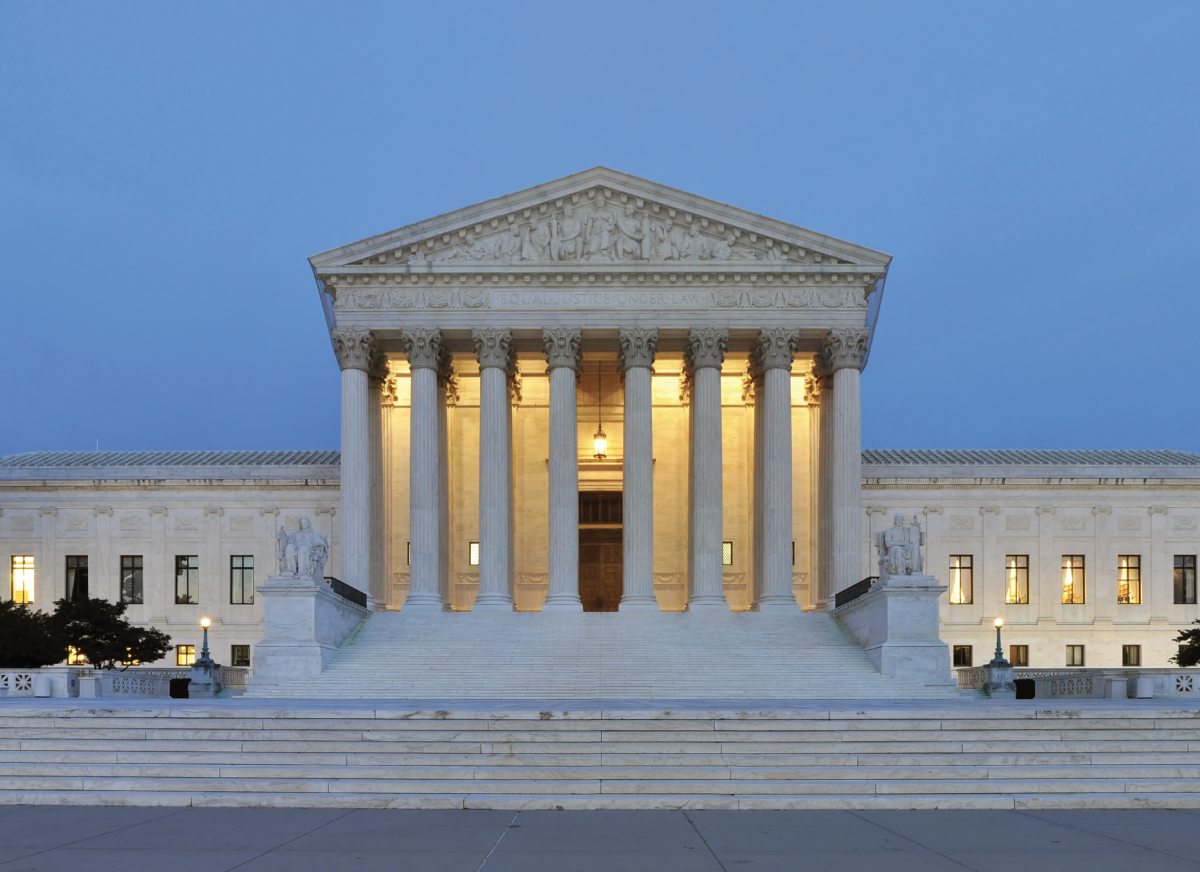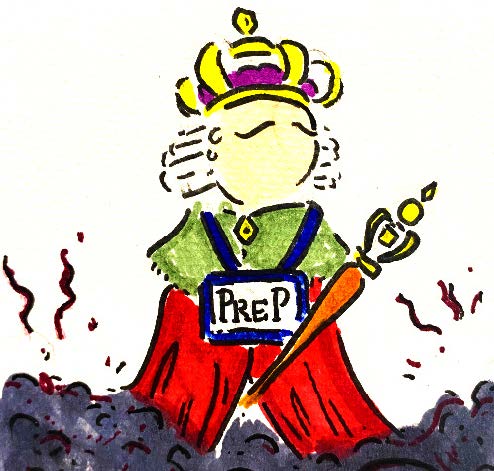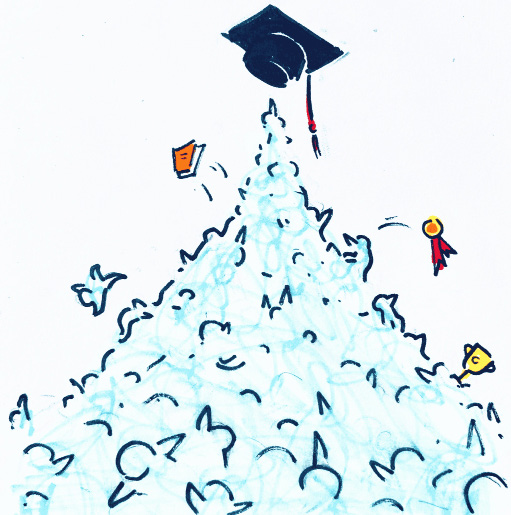Throughout the last several decades, the Supreme Court has often taken cases about race in education. In the 2007 decision Parents Involved in Community Schools v. Seattle School District No. 1, the Court ruled that race-based admissions processes were unconstitutional for school admissions. This last summer, in Students for Fair Admissions v. President and Fellows of Harvard College, the same restriction was applied to the college admissions process.
Recently, the Supreme Court declined to hear a case concerning Virginia high schools’ admissions policies. The decision leaves the constitutionality of admissions standards for diversity open.
The case involves a Virginia high school, the Thomas Jefferson High School for Science and Technology’s (TJHSST), “race-neutral” admissions policy. TJHSST is a magnet school—a well-funded public school with a strong focus in STEM. It is one of the most highly ranked public schools in the nation. Like many magnet schools, TJHSST has a competitive application process and enrolls students from several surrounding counties. Historically, the student body at TJHSST, owing to stronger academic preparation at middle schools in affluent areas, was predominantly white.
In 2020, TJHSST changes its admissions policy to “mitigate socioeconomic obstacles faced by students of all races.” Before the policy, admission was based on standardized testing, an essay, teacher recommendations and other criteria, in addition to a $100 application fee.
The new policy admits a small number of high performing students from each middle school in the county and only reserve 100 slots for the best overall candidates. There was no more application fee. Applicants were given a holistic evaluation based on grades, a problem-solving essay and “experience factors.”
In 2021, a coalition of parents sued the school, alleging that the new admissions policy, and specifically its emphasis on diversifying the student body, discriminated against Asian Americans. The Supreme Court has declined to hear the case.
Chief Justices Samuel Alito and Clarence Thomas dissented from the decision not to hear the case, stating that the new process unlawfully disadvantages Asian American students. Before the policy, Asian American students made up 70% of the student population at TJHSST, but in 2023, after its implementation, the percentage decreased to 62%. The stated purpose of the policy was to increase Black and Hispanic enrollment, which conservatives believe is unconstitutional.
By not hearing the case, the Supreme Court is increasing the uncertainty about diversity as a factor in college admissions. Although they have curtailed affirmative action programs in college admission in the past, declining to hear this case suggests they are not eager to explore the limits of this new ruling.
By dismissing this case, the Supreme Court is failing to present a standard on which admissions should be run.
The court’s decision has the potential to impact other public high schools’ admissions by encouraging more public schools to create admissions processes that emphasize diversity rather than academic merit. One example of this is West Point’s racially conscious admissions program, which the Supreme Court has similarly refused to end.
To create a fair admissions process for all applicants, admissions officers should be aware of the disadvantages students may have faced in their educational experiences, such as the lack of resources and good teachers due to underfunding. However, it’s unreasonable to assume that all Black and Hispanic students are victims of such institutional issues, and it constitutes negative stereotyping to use race as a proxy for socioeconomic inequalities.
A more holistic evaluation process is necessary to accurately assess candidates, but the end focus must remain on academic merit.
This also sheds a critical light on a problem inherent in many underfunded schools: their students have a harder time obtaining test scores necessary for acceptance into prestigious high schools, and therefore have fewer opportunities in college and life.
These new admissions policies are supposed to solve this issue, but instead disadvantage students who meet all the criteria who would have gotten in just based on test scores.
Changing the public school system to ensure that all students have equal resources is the only way to ever create unbiased and equal admissions processes for high school and college.
Solving this problem will require far more structural reform—such as changing the way public schools are funded—to address the roots, not just the consequences, of structural inequalities.






